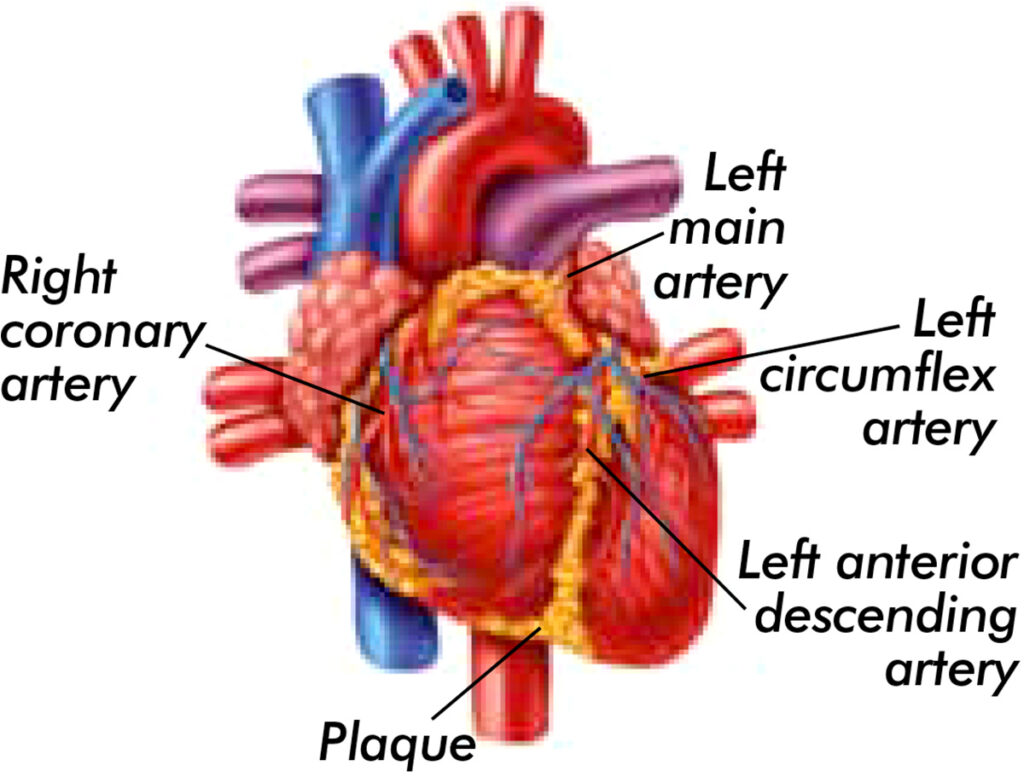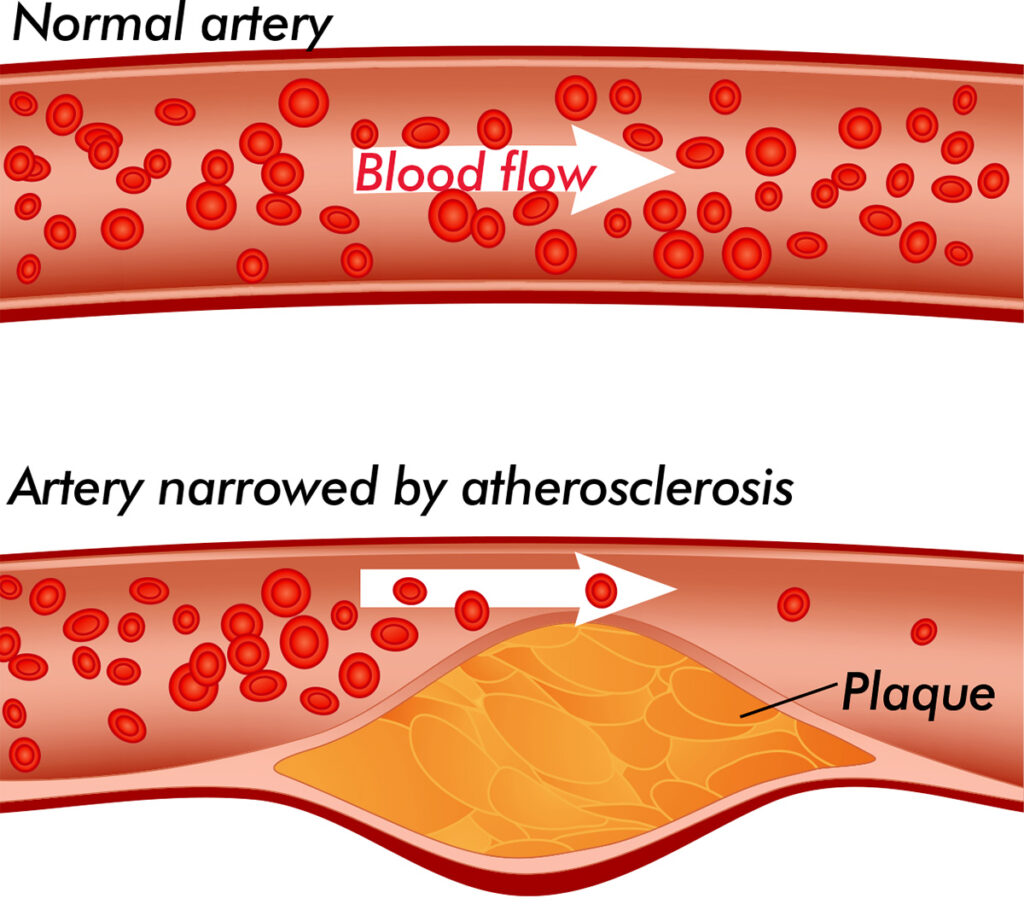Stents are tiny medical devices that make a big impact on health, saving hundreds of lives a day. The cardiovascular system is like a network of flexible pipes allowing blood to flow freely around the body. When those pipes get blocked or narrowed, a stent is needed. A stent is a mesh-like tube, often made of metal, which expands once it is inserted into a heart artery. The stent acts as a scaffold to support a narrowed or blocked artery, keeping it open for blood to flow more freely.
You might have heard of stents in the news recently. Prince Phillip had a stent fitted over Christmas and Tottenham Hotspur manager Harry Redknapp also had a stent operation last year.
Why do we need this innovation?
The heart keeps blood moving around the body, delivering oxygen and nutrients to all parts of the body. It works like a pump. Actually, the heart is two pumps in one. The right side of your heart receives blood from the body and pumps it to the lungs. The left side of the heart does the exact opposite: it receives blood from the lungs and pumps it out to the body.
Heart disease is caused by a gradual build-up of fatty deposits (plaque) in the walls of the coronary arteries, which can then cause them to narrow. Over time, the artery may become so narrow that it can’t deliver enough oxygen to the heart, especially when oxygen rich blood is needed quickly by the body, when exerting energy such as running for the bus or climbing the stairs. This can lead to angina – a pain or discomfort in the chest. If a piece of this fatty material breaks away from the artery wall it can cause a clot to form, which will block an artery and starve your heart of blood and oxygen. This is known as a heart attack and can be fatal.
You can do a lot to control cardiovascular disease, such as taking medication, changing your diet, giving up smoking and exercising.
When these changes aren’t enough, a doctor may recommend a stent implant.


Attack of the Facts
Fact 1
Before stents were introduced in the 1980s, patients had to endure invasive heart surgery to open the chest and rib cage.
Fact 2
Stents have dramatically reduced the amount of time a patient spends in hospital from 2-3 weeks to 1-2 days and provide immediate relief from pain with little or no recovery time.
Fact 3
Having a stent does not change a patient’s normal life and they should be able to return to work or normal routine a week after the procedure.
Fact 4
Each year, about 65,000 people in the UK have a metal stent fitted.
